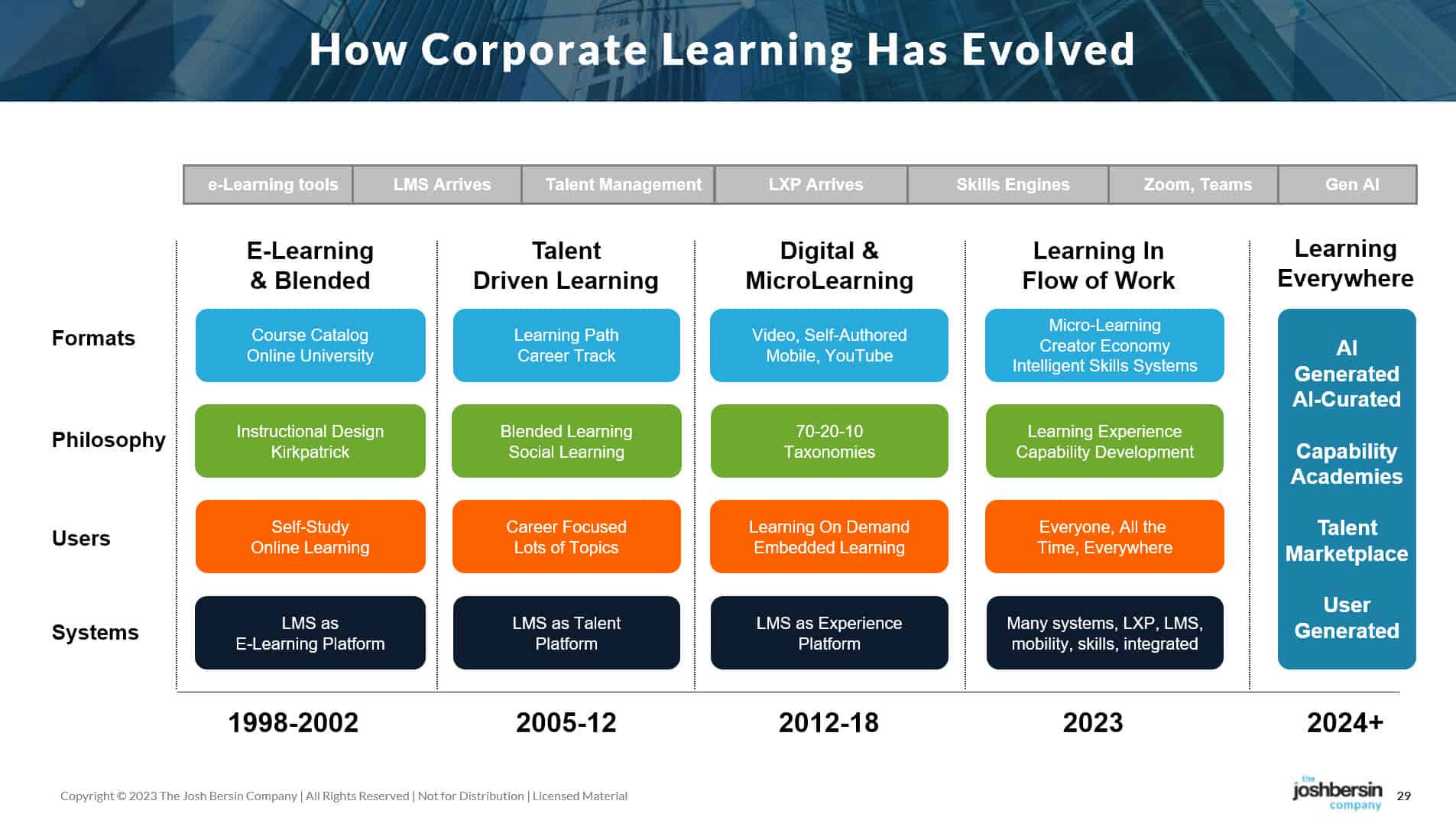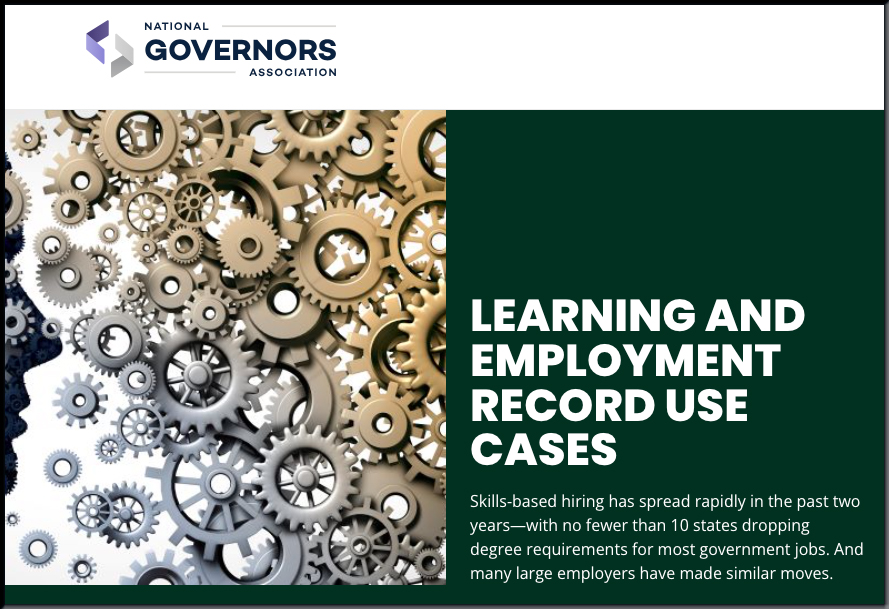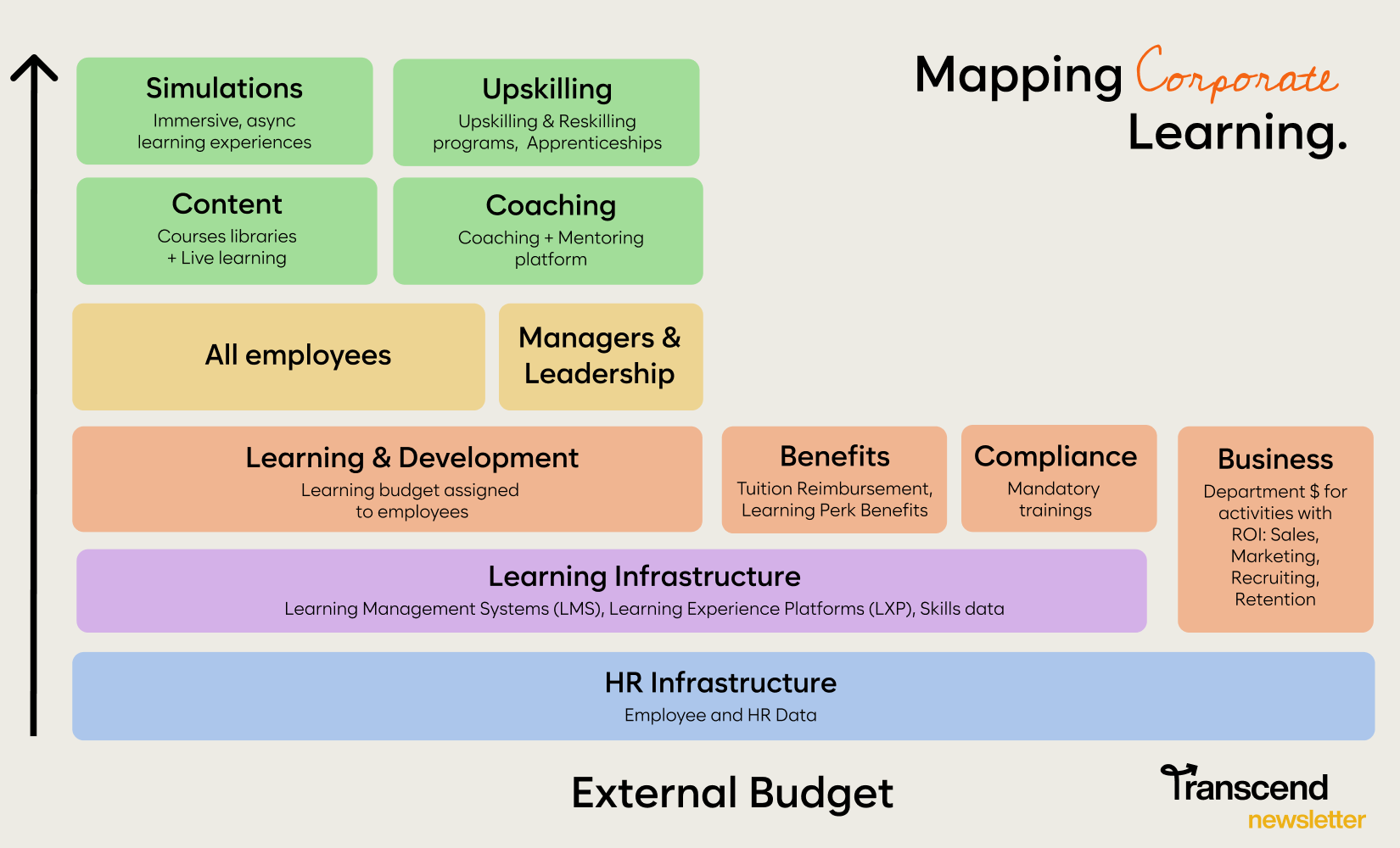The Evolution of Collaboration: Unveiling the EDUCAUSE Corporate Engagement Program — from er.educause.edu
The program is designed to strengthen the collaboration between private industry and higher education institutions—and evolve the higher education technology market. The new program will do so by taking the following actions:
- Giving higher education professionals better access to corporate thought leaders who can help create change at their institutions
- Educating corporate partners on the nuances of higher education and the major challenges it faces so that they can help provide meaningful solutions
- Giving the EDUCAUSE staff and leadership better access to corporate change-makers in order to advocate for change on behalf of our institutional community
- Providing the institutional community with higher-quality content and services from companies that are deeply invested in the success of higher education
- Providing the corporate community with custom-built packages that allow more meaningful connections with the institutional community—not only at our in-person events but also through online opportunities year-round
By building better bridges between our corporate and institutional communities, we can help accelerate our shared mission of furthering the promise of higher education.
Speaking of collaborations, also see:
Could the U.S. become an “Apprentice Nation?” — from Michael B. Horn and Ryan Craig
Intermediaries do the heavy lifting for the employers.
Bottom line: As I discussed with Michael later in the show, we already have the varied system that Leonhardt imagines—it’s just that it’s often by chaos and neglect. Just like we didn’t say to 8th graders a century ago, “go find your own high school,” we need to design a post-high school system with clear and well-designed pathways that include:
- Apprenticeships outside of the building trades so students can learn a variety of jobs by doing the job.
- Short-term certificates that lead to jobs without necessarily having the college degree immediately, but having the option to return for a college degree later on.
- Transfer pathways where credits earned in high school really count in college and the move from two-year college to any four-year institution is seamless.
 Listen to the complete episode here and subscribe to the podcast.
Listen to the complete episode here and subscribe to the podcast.

















